 In a recent design class we talked about the focal point as the door into the picture world. Figuring out where the focal point is, is actually easy. It's the place your eye goes first. That's why we think of it as a door. In this picture, the man is the focal point because he is the largest element, but also because his orange sweater is bright and attracts our eyes immediately. The fact that there is a human being in the picture adds to the importance of the design element, because humans can't help but look at other humans first.
In a recent design class we talked about the focal point as the door into the picture world. Figuring out where the focal point is, is actually easy. It's the place your eye goes first. That's why we think of it as a door. In this picture, the man is the focal point because he is the largest element, but also because his orange sweater is bright and attracts our eyes immediately. The fact that there is a human being in the picture adds to the importance of the design element, because humans can't help but look at other humans first.Once viewers get inside the picture world, the goal of the artist or maker is to keep us there, exploring. One way to do it is to balance the focal point with other design elements. They may contrast with a focal point's qualities, or they may build relationship, which contributes to the overall cohesiveness of the composition.
In this picture, the blue bag contrasts with the orange sweater because the colors are complementary. This neatly provides contrast, while also building relationship. The position of the bag at the bottom of the composition adds weight visually, which is useful.
The position of the man, the pigeon at the end of the bench, and the cement block wall send an emotional message, but different viewers will interpret the message different ways. Is he lonely? Is he resting but contented? Is he impatiently waiting for someone? As human beings we can't help but project our own state of mind onto a composition. This is one aspect of art that lends interest. It is an aspect the maker cannot control. Neither should she want to do so! Every viewer has a right to his or her own interpretation.
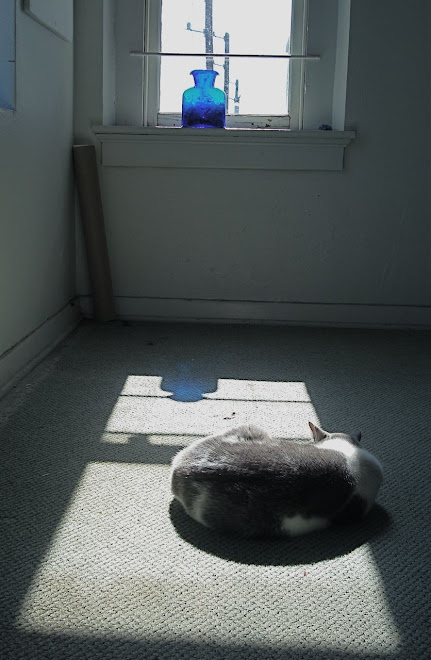
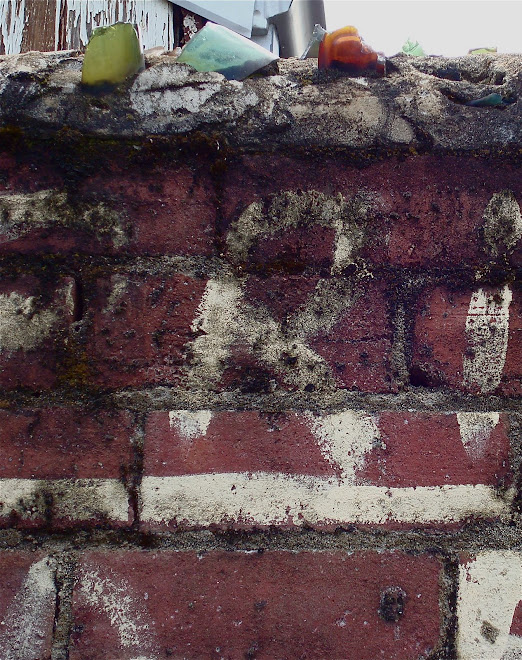
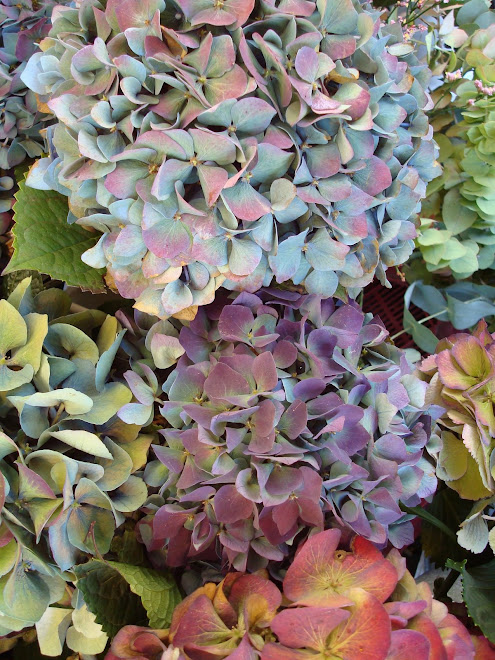
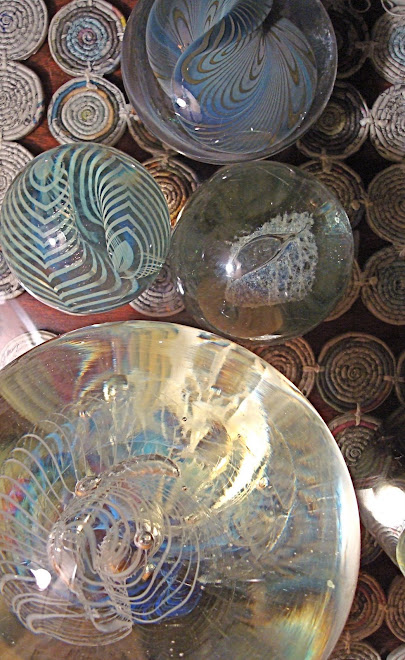
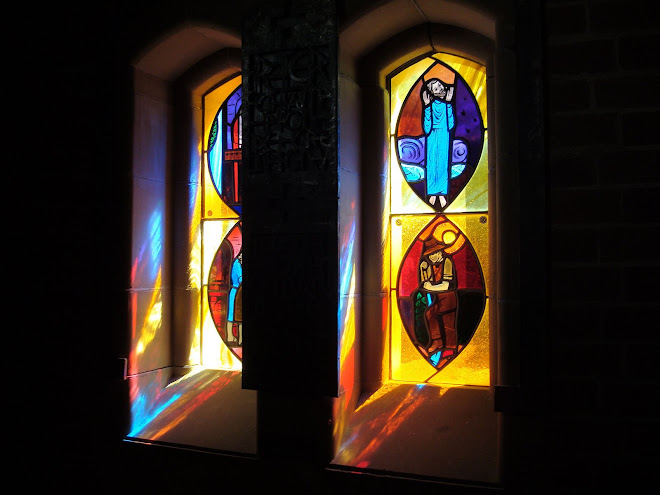







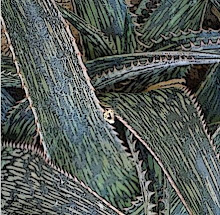
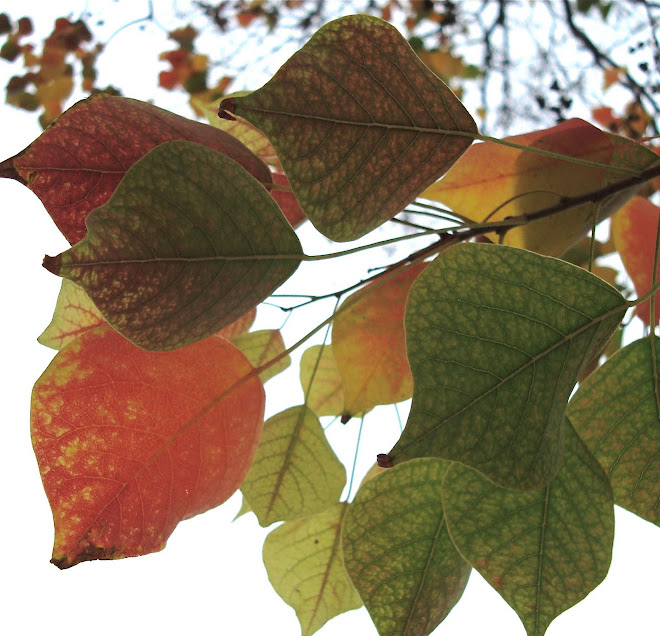
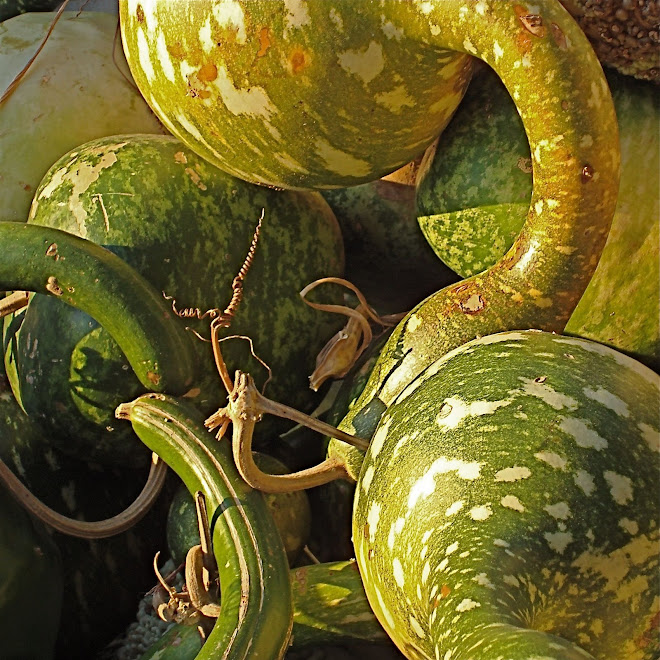
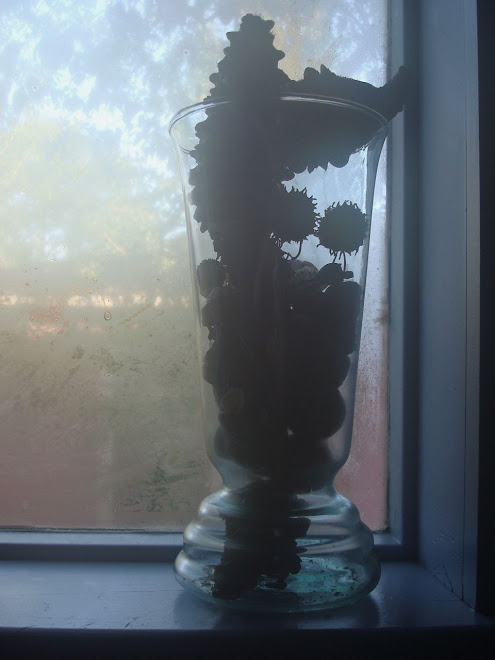
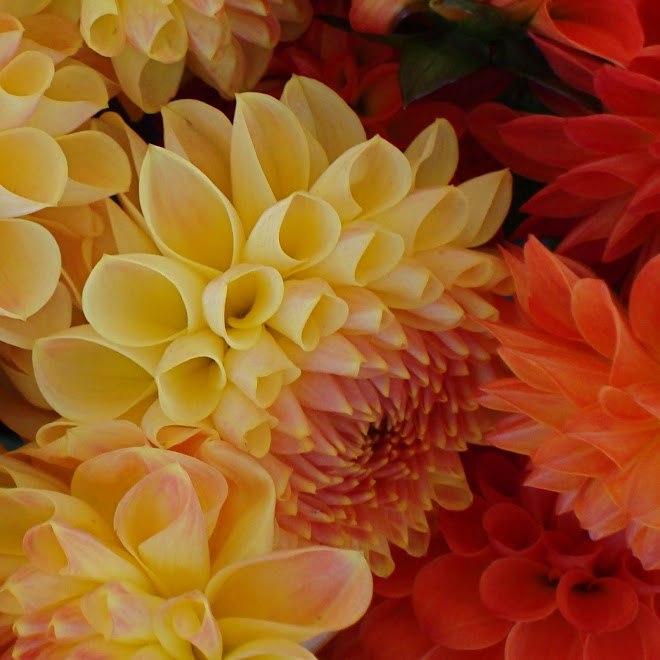
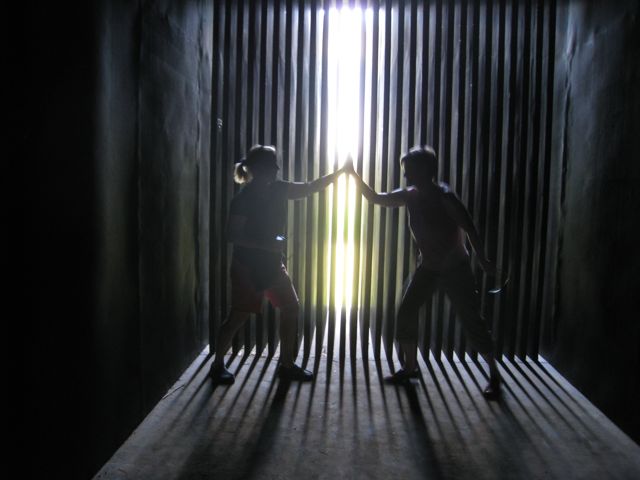
2 comments:
I love this photo - it tugs at my heart, both subject wise, possible story wise, but most of all the beautiful colour variations of brown and black(greys), with just blue and orange added.
This one could hang on my wall.
:-]]]]]]]]
Fay
The curved element of the bench is a wonderful line in this composition.
I've been checking your daily offerings but this is my first comment.
Thanks so much,Jane, for sharing your process.
joan
Post a Comment